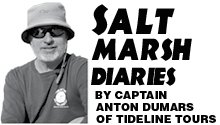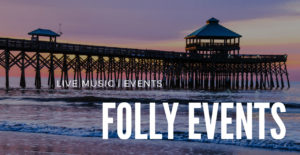A Trip Up North — Experiencing a Different Kind of Coastal Life
 Confusion was the most common reaction when I told others we were driving a 32 year-old car to Northern Michigan for Christmas. “You have family up there?” Nope… just going. Last July, during the optimal weather time of the year, we camped at the very tip of the Leelanau peninsula. We’ve ever since wanted to return. This time for the Christmas trip, we rented a cabin and brought the dogs along with us.
Confusion was the most common reaction when I told others we were driving a 32 year-old car to Northern Michigan for Christmas. “You have family up there?” Nope… just going. Last July, during the optimal weather time of the year, we camped at the very tip of the Leelanau peninsula. We’ve ever since wanted to return. This time for the Christmas trip, we rented a cabin and brought the dogs along with us.
Once Grace and Zeke realized we had no plans to abandon them, the dogs settled in for a nap. Miles clicked by. The old diesel engine droned it’s familiar sound. Engine temperature and oil pressure operated within normal ranges. Driving north through Appalachia’s winter landscape, outside temperatures began dipping below freezing. Industrial shantytowns, tucked into the flood plains of smoke-filled valleys, appeared along the interstate. Coal trains, hundreds of cars long, passed beside us on mountain undercuts.
After two days of driving, we arrived at the Leelanau. Things were different now than during the July visit. Leafless trees exposed lakes and streams not seen on the summer trip. Erratic boulders, remnants of a past ice age, randomly dotted the rolling hills. Leafless cherry orchards, because of the bare wood’s coloration, appeared as purple-pinkish clouds on the hillsides. Vineyards, and hop yards dominated much of the cultivated land along route M-22. Sunset came early and sunrise late. It drizzled rain constantly.
The July trip exposed me to Lake Michigan and Lake Superior. I’d always dismissed these as inferior to my body of water. Having spent most of my adult life along the Atlantic coast, I couldn’t imagine being impressed with the Great Lakes. After all, the Atlantic is an Ocean, not a lake. I was wrong in my assessment. These massive lakes are inland oceans with ocean-like features. Just like Folly’s coast, Lake Michigan’s coast shared similar habitats — active beach face, healthy dune system, dune grasses, back-dune/maritime grassland, and finally maritime forest.
Unlike an ocean, Lake Michigan had no ebbing and flooding tide and no eye-stinging salt water. Instead of shells, Michigan’s beach provided thousands of polished stones, each unique in color and pattern. Unlike South Carolina’s coast, barrier islands do not break up Michigan’s coast. South Carolina’s coast runs out of beach before it runs out of people. Michigan coast runs out of people before it runs out of beach.
The December trip introduced me to the region’s maritime weather. On Christmas Eve, I laid awake listening to howling 40 knot winds and pelting rain. Large trees came down, crashing through the forest just before thumping to the ground. Offshore, winds approached 60 knots. This weather continued for another 24 hours. Poor conditions prompted large cargo ships to seek refuge in Grand Traverse Bay. Then, blue sky appeared. Bright sun briefly turned Lake Michigan’s water Bahamas blue. Soon, clouds closed the blue-sky window and the world again became a beautiful mid-western gray.
Anton DuMars, owner of Tideline Tours, is a coastal geologist and longtime Folly resident. Visit www.tidelinetours.com and sign up to receive limited off charter offers.

